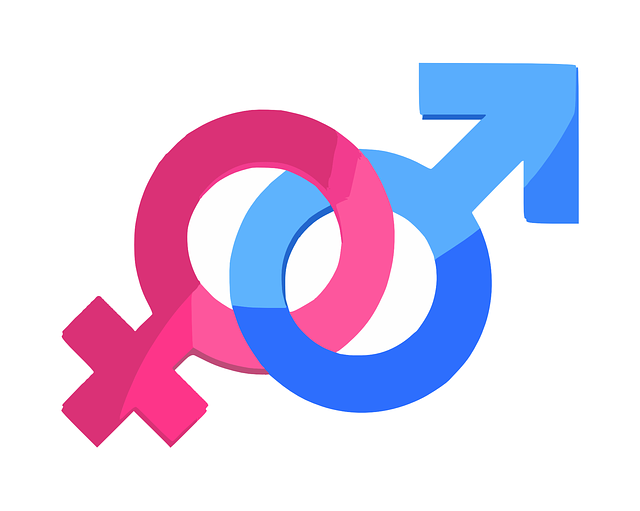In 2007, researchers surveyed 180 teachers to understand if they held stereotypes about their students. The most commonly held opinion was that Asian students were significantly more industrious, intelligent, and gentle. This might seem like a good thing, but treating this stereotype as reality can cause a surprising amount of harm.
.
Watch:
Glossary
- to surface – to become known
- bias – a particular tendency, trend, inclination, feeling, or opinion, especially one that is preconceived or unreasoned
- industrious – diligent and hard-working
- incarceration – the act of imprisoning someone
- to coin – to invent a new word/phrase
- wedge – something such as an idea, action, etc, that tends to cause division
- to overlook – to fail to notice or consider something or someone
- to hinder – to make it more difficult for you to do something or make progress
Watch the video again and fill in the gaps with missing words:
In 2007, researchers surveyed over 180 teachers to understand if they held stereotypes about students from three racial groups. The results 1. …….. several negative stereotypes, labeling Black students as aggressive and stubborn, white students as selfish and materialistic, and Asian students as shy and 2. ……….. . But regardless of the teachers` other 3. ………. , the most commonly held opinion was that Asian students were significantly more industrious, intelligent, and gentle than their 4. …………… . (…) This image of 5. …………. hard-working Asians is actually well-known as the “model minority” stereotype. (…) But following World War II, the label became commonly used to claim that Japanese Americans had overcome their mistreatment in US incarceration camps and successfully integrated into American society. Former incarcereers were praised as 6. ……….., diligent, and respectful of authority. (…) But the truth behind this story of 7. ………. Asian Americans is much more complicated. (…)
After decades of anti-Asian policies and propaganda, white Americans had to be persuaded that Japanese Americans were no longer a threat. So the government organized media coverage to transform the public perception of Japanese Americans from suspected 8. ……….. to an American success story. In fact, the phrase “model minority” was coined by one such article from 1966. But this article, and others like it, didn’t just cast Asian Americans as an 9. ………… and respectful “model minority.” They also criticized so called “problem-minorities,” primarily Black Americans. Politicians who were threatened by the rising Civil Rights movement used this rhetoric to discredit Black Americans’ demands (…). They presented a fabricated story of Asian American success to paint struggling Black communities as 10. ………… . This narrative put a 11. ………. between Black and Asian Americans.
Key: : 1. surfaced; 2. meek; 3. biases; 4. peers; 5. humble; 6. compliant; 7. thriving; 8. traitors; 9. obedient; 10. inferior; 11. wedge
Practice Makes Perfect
WORD FORMATION: Change the word in CAPITALS to fill in the blanks.
Men Are Just As Emotional As Women, Study Suggests
It is not a compliment to call someone “emotional.” We 1. ………… [CORRECT] see emotion as the opposite of the “rational” or “effective,” even though 2. ……….. [NEUROSCIENCE] have long known that emotion is what drives intelligent thought. (…)
In the 19th century, women were considered prone to a 3. ……….. [UNIQUE] female problem: hysteria. The idea was that women were emotional and unstable and likely to develop 4. ……….. [behavior] problems, and men couldn’t be because they didn’t have a uterus. 5. …………. [HYSTERIA] females were often treated with hysterectomies.
In the 20th century, women have largely been excluded from research (even that used to understand women). Seriously. According to the study authors, this was “partly due to the 6. ………. [ASSUME] that ovarian hormone 7. ………….. [FLUCTUATE] lead to variation, especially in emotion, that could not be experimentally controlled.” Those hormonal women were just too 8. ………… [PREDICT] to be studied. So instead of using science to find out if these assumptions about emotions and female hormones were true, researchers simply ignored women and studied men instead.
Second is the real difference between men and women’s 9. …………… [EMOTION]. Specifically, we describe men’s and women’s emotions in biased ways. As the study’s senior author Adriene Beltz, assistant professor of psychology at the University of Michigan, shared in a press release, a man whose emotions fluctuate during a sporting event is described as 10. “………….” [PASSION]. But a woman whose emotions change due to any event, even if provoked, is considered “irrational.”
To read the whole article, go to:
Key: 1. incorrectly; 2. neuroscientists; 3. uniquely; 4. behavioral; 5. hysterical; 6. assumption; 7. fluctuations; 8. unpredictable; 9. emotionality; 10. passionate
Discuss:
- What comes to your mind when you hear the word ‘stereotype’?
- Are stereotypes usually accurate?
- Is the stereotype of someone from your country fair?
- Can stereotypes be good?
- Do gender stereotypes annoy you?
- Do you think information technology has reduced racial stereotyping?
- Have you ever met someone who was the perfect image of a stereotype you had in your mind?
Explore it more to create your own teaching-learning experience!
Gender Roles And Stereotypes Detract From Health And Well-Being
Read:
(2458)






